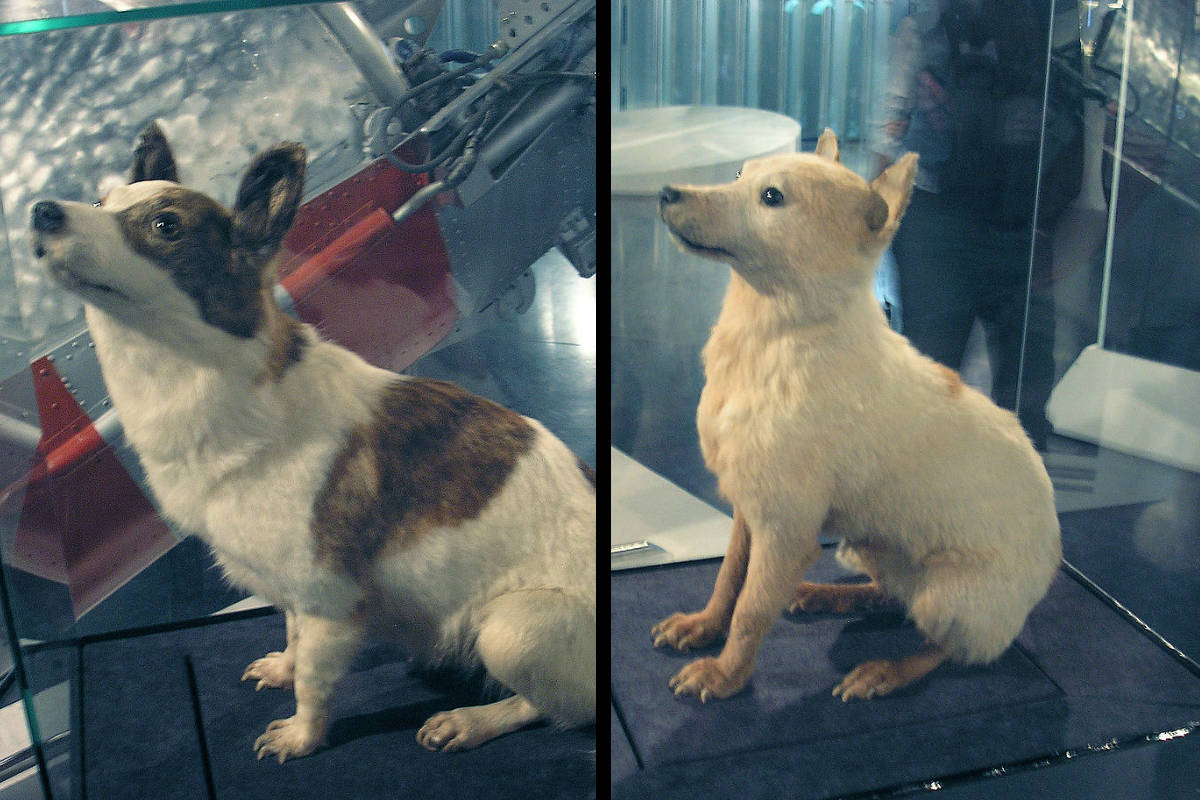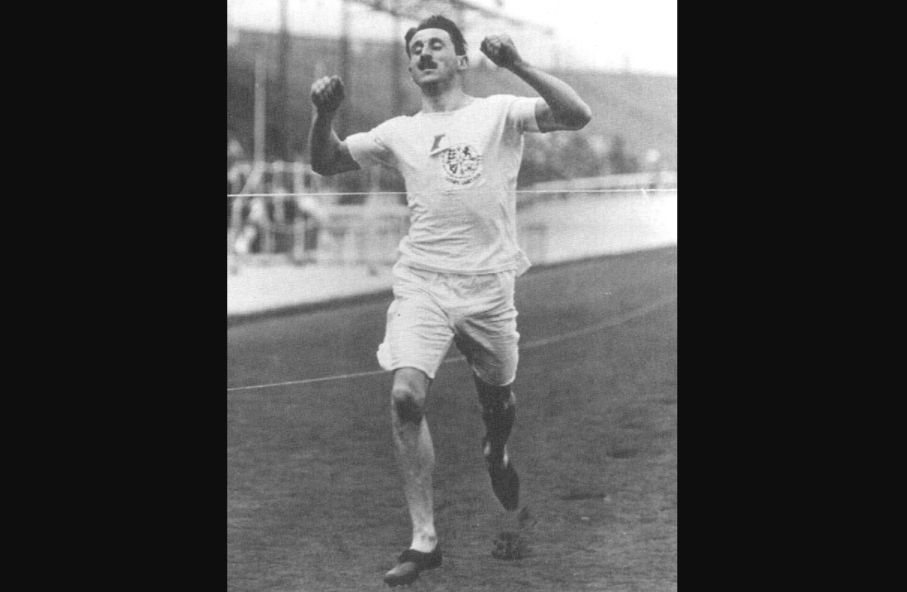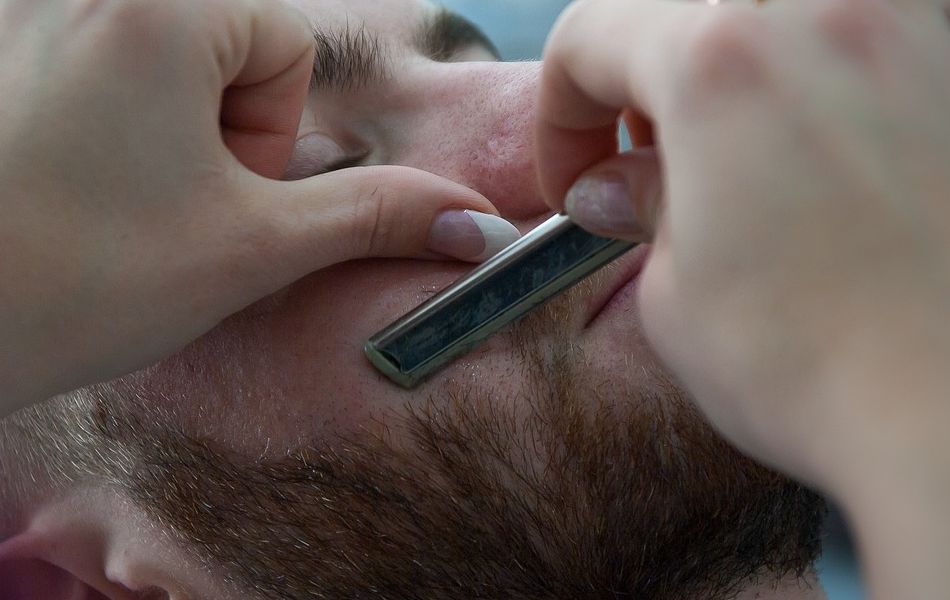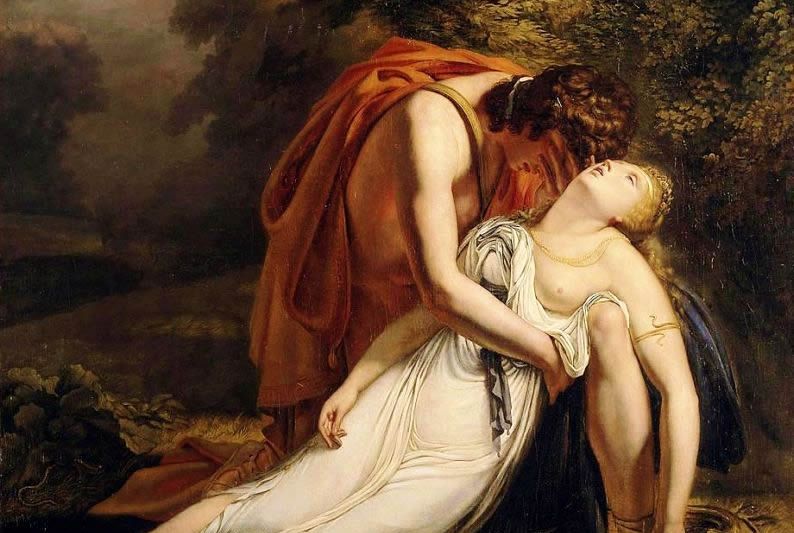After the fall of the Berlin Wall and the subsequent German reunification (1990), many residents of the former GDR were happy that they could finally enjoy the many freedoms of the west. After a period of standardization, in which the old East German culture was replaced in many places by Western variants, a form of nostalgia for the past life in the GDR arose in the former East Germany . A well-known example of this so-called ‘Ostalgie’ revolved around a jolly traffic light man, the Ampelmännchen.

At the psychologist’s initiative, these symbols were then replaced by images of a man with a hat: the Ampelmännchen. When pedestrians had to stop, this traffic light man made a stop movement with his arms ( der Steher ) and at green he started enthusiastically ( der Geher ). The images soon became familiar to young and old alike. The images of the walking man were also frequently used during traffic lessons at schools.
Action
After German unification, there were plans to standardize traffic lights throughout Germany. This meant that the Ampelmännchen had to make way for the West German variant. However, this went a bridge too far for residents of the former GDR . They didn’t want to lose their traffic light man.

The Ampelmännchen thus grew into one of the symbols of the former GDR. Even today, the male can still be found in the East German streets. And the male is a popular object in all kinds of souvenir shops.







